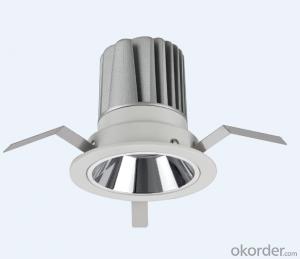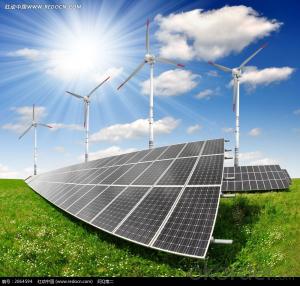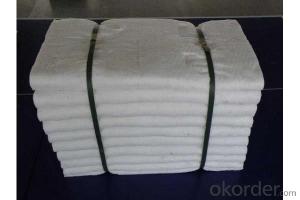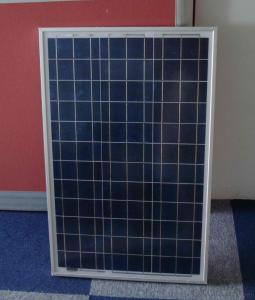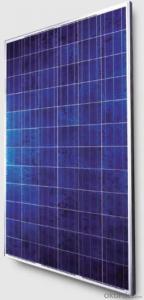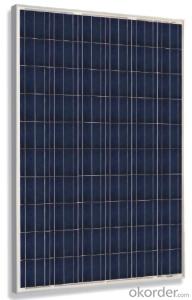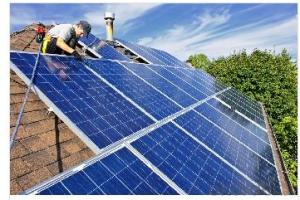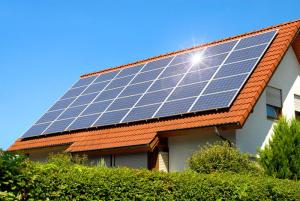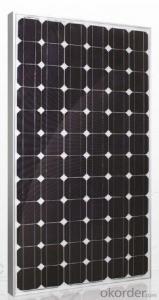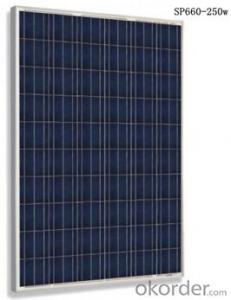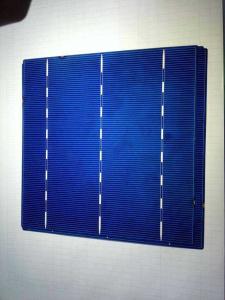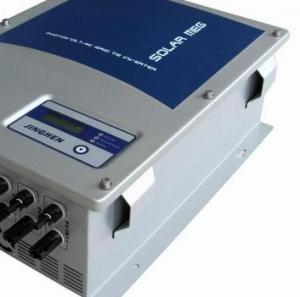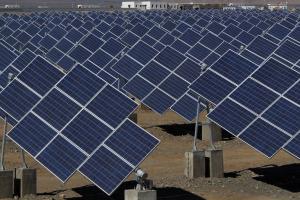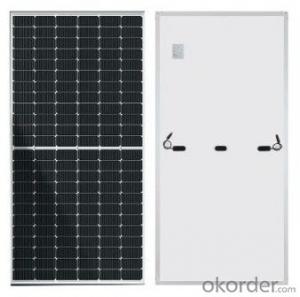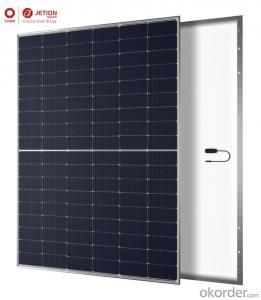Solar Sync Module
Solar Sync Module Related Searches
Bottom Solar Led Module Solar Light Module Solar Module Construction First Solar Series 6 Module Solar System Module Solar Power Management Module Solar Power Module Black Solar Module Bosch Solar Module C-Si M 60 Solar Battery Charger ModuleHot Searches
China Ac Module Solar Panel China Solar Ac Module China Solar Module Prices China Solar Module Solar Module China Ac Module Solar Panel Price Solar Inverter Panel Price Solar Panel Module Price Solar Module Wholesale Price Solar Module Price Per Watt First Solar Module Price Solar Module Price Increase Solar Module Price Solar Panel Inverter Size Solar Panel Module Size Solar Panel Inverter Suppliers Solar Panel Module Types Solar Inverter Solar Panel Tesla Solar Panel Inverter Solar Hot Water Collectors For SaleSolar Sync Module Supplier & Manufacturer from China
Okorder.com is a professional Solar Sync Module supplier & manufacturer, offers integrated one-stop services including real-time quoting and online cargo tracking. We are funded by CNBM Group, a Fortune 500 enterprise and the largest Solar Sync Module firm in China.Hot Products
FAQ
- Yes, solar panels can be used for outdoor lighting. In fact, they are an efficient and eco-friendly option for providing illumination in outdoor spaces. Solar panels convert sunlight into electricity, which can be stored in batteries and used to power outdoor lights during the night. This eliminates the need for connecting to the electrical grid and reduces energy costs. Additionally, solar-powered outdoor lighting systems are easy to install and maintain, making them a popular choice for various outdoor applications.
- Dust and dirt can significantly impact the efficiency of solar panels. When a layer of dust accumulates on the surface of the panels, it reduces the amount of sunlight reaching the solar cells, thereby reducing their ability to convert sunlight into electricity. This decrease in efficiency can range from a few percentage points to even as much as 20% in extreme cases. Therefore, regular cleaning and maintenance of solar panels are essential to maintain their optimal performance and maximize energy production.
- Could you have a solar panel in space that would transmit electricity remotely? Maybe have some kind of receiving antenna to pick up the energy? Perhaps there could be a string of them orbiting the Earth?Why wouldn't that work?
- Amazing how antique technology is so easily forgotten. Nikola Tesla first introduced the idea of wireless energy transmission in 89 and proved it by 899 in Colorado Springs, CO. He proved the Earth itself was a conductor of electricity. He also successfully conducted long-distance wireless energy transmission and reception. He wrote about the ability to wirelessly send electricity from a few central sources using longitudinal waves and magnetic flux all around the globe to be received at any point therefore electricity could be accepted by all uniformly. Although the means by which to do it was extremely far fetched, his theories are solid.
- I am seriously thinking about installing PhotoVoltais Solar panels (that generate electricity) on my roof. Besides the usual (cost, ROI, etc.), I was researching for the maintenance of these panels. We have tall trees around the house and needles and leaves fall on our roof all the time... not to mention the dirt and grime that collects over time.Do these decrease the capacity of the panels? Do the panels require a regular maintenance?Thanks!
- New solar panels are clean and shiny and they look cool. Then they get dirty with dust and debris caught on the wind and residues left behind by rain and birds. Solar panels must be regularly cleaned and maintained in order to keep them operating efficiently and maximize the amount of sunlight they convert into electricity. Unlike windows your solar system needs to have a clean and clear surface to ensure they are working at their maximum efficiency. If they are not at their optimum performance it means they are not producing the amount of electricity that they could be. Solar panels will attract dirt, dust, soot, pollen, tree sap and salt crystals in coastal regions creating a fine layer of grime. This layer reduces the amount of light reaching the silicon cells under the glass surface and reduces the panel's effectiveness. A solar panel that has never been cleaned could be producing almost a third less power than it otherwise could be. Some have reported a ten to fifteen percent loss of solar output due to dirty panels. From the ground the panels may appear to be clean, just like your windows. Up close however you can see the grime that has built up from the dirt and pollution in the air. A more noticeable deposit that can be left on panels is bird droppings. These tend to completely block the light from areas of the photovoltaic panel and can considerable reduce its effectiveness. See much more about solar panels maintenance below link
- My house is aligned exactly North-South, so I have no roof facing South. Is it worth installing solar panels? Are there any good options for dealing with this situation?
- Several options: The panels could be mounted on the ground. We mount panels on a roof because they are out of the way but it is not the best choice. The highest output (and most expensive) choice is to mount the panels on the ground fixed in a heliostat (sun tracking mechanism) Far better if the panels are on the ground where they can be more easily cleaned to promote top efficiency. If you have the room they can be mounted in an angled array. Panels can be mounted on the side of a house or on the roof using racks to position the panels properly. We usually say that if we can get the panels within 5 degrees of due south it is sufficient. You could even mount the panels flat onto the side of a house and use mirror mounted heliostats to reflect sunlight to them. All of these options will be more expensive than a perfectly oriented home. There are also other alternatives for producing electricity, conserving electricity through energy savings, or production of other forms of energy that offsets electrical usage. A site survey is the best way to determine this.
- I have a home made 24 volt electric cart. It is powered by two 2Volt deep cycle batteries. Since the motor runs on 24 volts the batteries are wired in series to produce the 24 volts. I only have a 2 volt battery charger, but I also have two 2 volt solar panels. It is a pain having to unhook wires, rewire it, or charge them one at the time.HERE IS THE QUESTION REALLY... Can I wire the two 2 volt solar panels together in series (ie: negative to positive) then connect it to the existing 24 volt system and have it charge the batteries fine. I know basic wiring, but I know nearly nothing about solar panels, will it work fine? will it cause them to break? or short out?(additional info, the solar panels are only rated at 5 amps so it will not overcharge the batteries or anything)
- If the panels are the same, there is no problem in putting them in series. If you examine the panels, they will be made up of about 36 identical cells in series. Ok, now you have 72 cells in series, fine if they are the same. You need (at a minimum) a diode in the line so that when it is dark, the panels do not draw current out the batteries (it wont be much but you might as well block it). You say the panels are rated 5 amps? Those are pretty good sized panels! Unless you have a charging regulator, I guarantee that they Will overcharge the batteries (unless the batteries are huge, like the size of a refrigerator). Did you maybe mean 5 watts? About a foot square? If so, the output is about 300mA (0.3 amps) which will not overcharge a battery as long as it is at least as large as a garden tractor battery. At a 300mA charge rate, it will take a longgg time to recharge.
- I am going to be building green in the next couple of years and i need an idea of how many solar panels i need in addition to a wind turbine to sufficiently handle a workshop, house, green house, etc. and what the approximate cost will be.
- I think Brian's answer was perfect for the US, but in the UK, with very high gas and oil prices, we would also look at hydrogen production from the wind turbine instead of a battery store, where excess capacity could be used to heat the house or potentially act as a car fuel. Alternatively we would look to selling back excess electricity to the grid.
- Yes, solar panels can be used to power a space station. In fact, many space stations, such as the International Space Station (ISS), rely on solar panels to generate electricity. These panels capture energy from the sun's rays and convert it into usable electrical power, providing a sustainable and renewable source of energy for the space station's operations.



